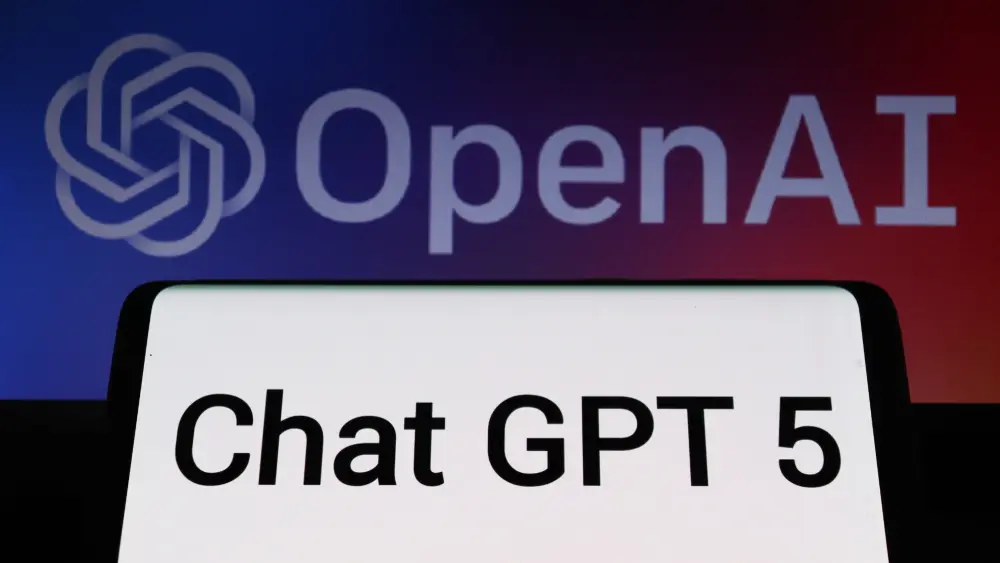Mastering GPT-5: OpenAI’s Essential Prompting Strategies for Developers
When it came out on August 7, 2025, OpenAI’s GPT-5 was a huge step forward in AI for coding and agentic tasks. It did very well on tests like SWE-bench Verified (74.9%) and Tau 2-bench telecom (96.7%). GPT-5 is a powerful tool for developers because it generates better code, fixes bugs, and can think over long contexts. OpenAI’s prompting guide and the feedback from early adopters like Cursor and Windsurf give us ways we can use to get the most out of it. These methods can help developers make new apps in India, where AI is expected to add $500 billion to the GDP by 2025 (NASSCOM). This article talks about how to use structured tags, optimized reasoning, and local context to make good questions that use all of GPT-5’s features.
GPT-5’s Unique Capabilities
GPT-5 works best with broad directions, like a senior colleague who makes plans on their own, unlike its predecessor, GPT-4.1, which needs specific instructions. Compared to OpenAI’s o3 model, it cuts true mistakes on LongFact by 80%, and the rate of hallucinations is as low as 1%. Reasoning_effort (minimal, low, medium, high) and verbosity (low, medium, high) are two factors that developers can use to fine-tune outputs. The Responses API keeps logic going between tool calls for agentic tasks, which raised Tau-Bench Retail scores from 73.9% to 78.2%. Long-context handling (up to 256k tokens, getting 88.8% on BrowseComp) in GPT-5 helps multilingual projects like Bhashini in India, making natural language processing better for local languages.
Structured Tags for Precision
GPT-5 reacts best to structured prompts with tags that look like XML. This is different from earlier models, which responded best to free-form prompts. These tags order the steps, which makes them easier to follow and lowers the chance of mistakes. For instance, a context_gathering tag can speed up research by setting clear goals and early-stop criteria that make sure the model moves quickly without looking into too many things. Some people on Reddit’s r/PromptEngineering have had mixed reactions—some call tags “XML slop,” while others say they cut prompt time in half and improve quality by 50%, which is in line with Anthropic’s previous tests. Structured prompts can help Indian coders speed up work in high-volume areas like e-commerce, where correct answers need to be given quickly.

Balancing Agentic Eagerness
Because GPT-5 is thorough by default, it can cause latency, so devs need to adjust how proactive it is. For jobs that need to be done quickly, focus on quick, accurate outputs by lowering reasoning_effort and limiting tool calls. For persistent processes, tell the model to keep going until the problem is solved, writing down assumptions without stopping to check them. India’s digital market is growing—500 million people will be shopping online by 2025 (Redseer)—and this method works well there. AI agents handle complicated customer questions. Windsurf was one of the first companies to use GPT-5. They say that it is perfect for safe automation because it has half the error rate of other models when calling tools.
Optimizing Reasoning and Output Length
Set reasoning_effort to high for hard coding jobs like frontend development, where GPT-5 does better than o3 70% of the time (OpenAI internals). For easier jobs, putting in the bare minimum keeps you from overthinking. Response length is controlled by verbosity settings, but clear directions can override these. For example, asking for short summaries makes sure that results are useful. The 95.2% accuracy of GPT-5 on 128k-token contexts makes it perfect for large codebases. This is great for India’s software business, which has over 5 million developers working for it (NASSCOM).
Coding-Specific Strategies
When you’re coding, especially in settings with a lot of languages (Aider benchmark: 88%), use tags to make sure that standards like clear names and modular functions are followed. Cursor suggests breaking jobs down into smaller parts, mapping codebase scopes, and checking outputs before sending them. Vercel likes how GPT-5 looks and how well it writes code for front-end jobs. A unique tip: use GPT-5 with custom tools for plaintext calls to cut down on JSON errors in long inputs. This is important for India’s startup environment, as 40% of tech startups there depend on AI (TiE report 2025).
Practical Applications and Local Relevance
Start with core tags and use OpenAI’s quick optimizer tool to make changes. As mentioned in the OpenAI forums, don’t use too much forceful wording like “Be THOROUGH.” Adding local datasets to GPT-5 can help India fill a 40% AI skills gap by making apps that are more useful to the country’s culture (World Economic Forum, 2021). For example, making prompts that are specific to Hindi or Tamil queries can make the experience better for users in tier-2 areas.
Why It Matters
Developers can get 30–50% more work done with GPT-5’s structured prompts and autonomy. You can use it for coding and agentic tasks by trying out these strategies: structured tags, calibrated eagerness, and optimized logic. India’s tech industry is growing quickly, and GPT-5 could help drive new ideas in e-commerce, schooling, and other areas. Start testing these methods right away, use benchmarks to keep track of speed, and make apps that are smarter, faster, and more useful.
Disclaimer
The information presented in this blog is derived from publicly available sources for general use, including any cited references. While we strive to mention credible sources whenever possible, Web Techneeq – Web Design Agency in Mumbai does not guarantee the accuracy of the information provided in any way. This article is intended solely for general informational purposes. It should be understood that it does not constitute legal advice and does not aim to serve as such. If any individual(s) make decisions based on the information in this article without verifying the facts, we explicitly reject any liability that may arise as a result. We recommend that readers seek separate guidance regarding any specific information provided here.

